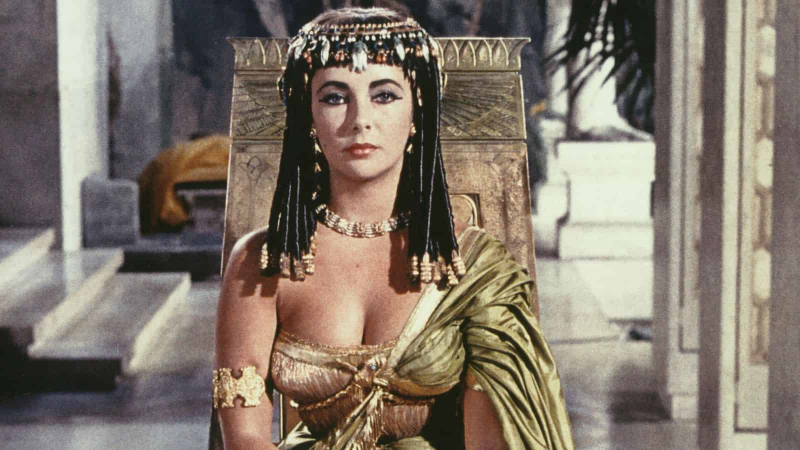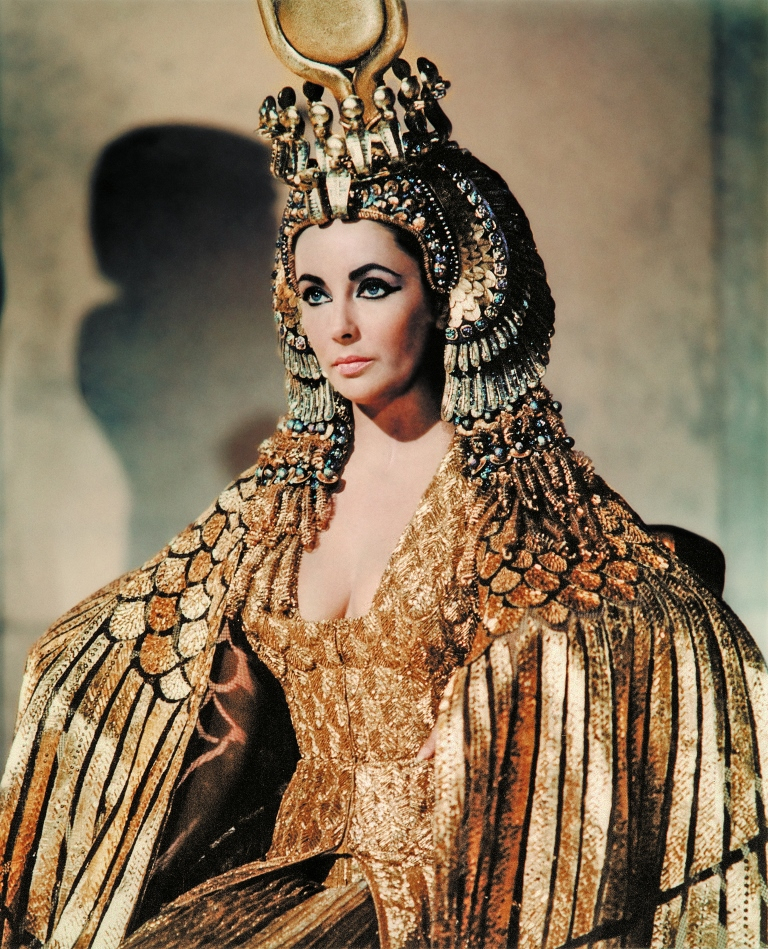Cleopatra
The first person on this list is Cleopatra, who was probably the last authentic pharaoh of Egypt and one of the most well-known rulers in ancient history. It's believed that Caesarion, her child with Julius Caesar, reigned as the sole pharaoh for a few days following Cleopatra's demise before being assassinated by Roman general Octavian. But he possessed no real authority. Egypt served as a client state for Rome and was no longer the powerful empire it once was.
In addition to her significant historical significance, Cleopatra (who was technically Cleopatra VII, if we're being technical) gained notoriety for her numerous intrigues and affairs. She originally engaged in a power struggle with her brother Ptolemy XIII for the throne, and she charmed Julius Caesar to win his support. In order to designate her son as her new co-ruler, it is thought that Cleopatra later poisoned her other brother, Ptolemy XIV. After Caesar's death, Cleopatra moved on to Mark Antony and joined him in his power war with Octavian. She supposedly used a poisonous snake to kill herself when Antony was vanquished.
The Ptolemaic dynasty was ended by Cleopatra and her son's deaths. Later, as Augustus, Octavian established the Roman Empire, making Egypt one of its provinces. From a historical standpoint, this marked the end of Egypt's dynastic era and the beginning of Roman Egypt, a new chapter in the country's past.
Reign: 51–30 BC (21 years)
Predecessor: Ptolemy XII Auletes
Successor: Ptolemy XV Caesarion
Co-rulers:
- Ptolemy XII Auletes
- Ptolemy XIII Theos Philopator
- Ptolemy XIV Philopator
- Ptolemy XV Caesarion












